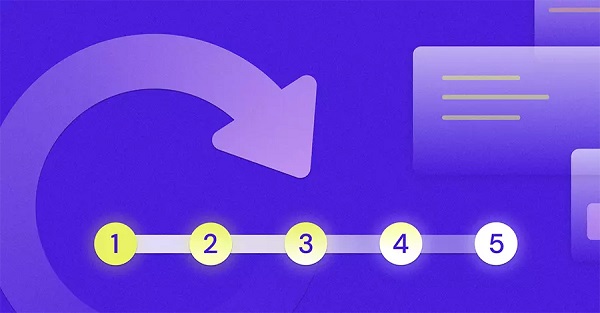 Friday, July 26, 2024
Friday, July 26, 2024  Friday, July 26, 2024
Friday, July 26, 2024 
The construction project life cycle consists of five important phases. Understanding what each stage embodies and how they work together in succession can help you successfully initiate and closeout construction projects. Poor planning, after all, can result in significant delays and additional (and often unnecessary) costs. Familiarizing yourself with a project’s typical life cycle and becoming aware of the industry’s constraints will encourage proper planning, improving productivity in the office and on the job site. Here are the 5 stages of a construction project.
From the very beginning, it’s important first to assess whether the project is actually possible—in other words, whether the project is feasible and worth investing resources into. A feasibility test can help you decide if the project is realistic based on its core objectives.
To evaluate whether it’s beneficial to start and finish the project (and whether it would be practical), consider its main features and goals. You may benefit from asking these questions:
Talk to your team to brainstorm possible solutions before ruling anything out.
Once potential risks have been identified and the project has been approved, it may help to create a project initiation document (PID) summarizing the project’s purpose and any relevant information needed to begin.
Keep reading this blog on gobridgit.com